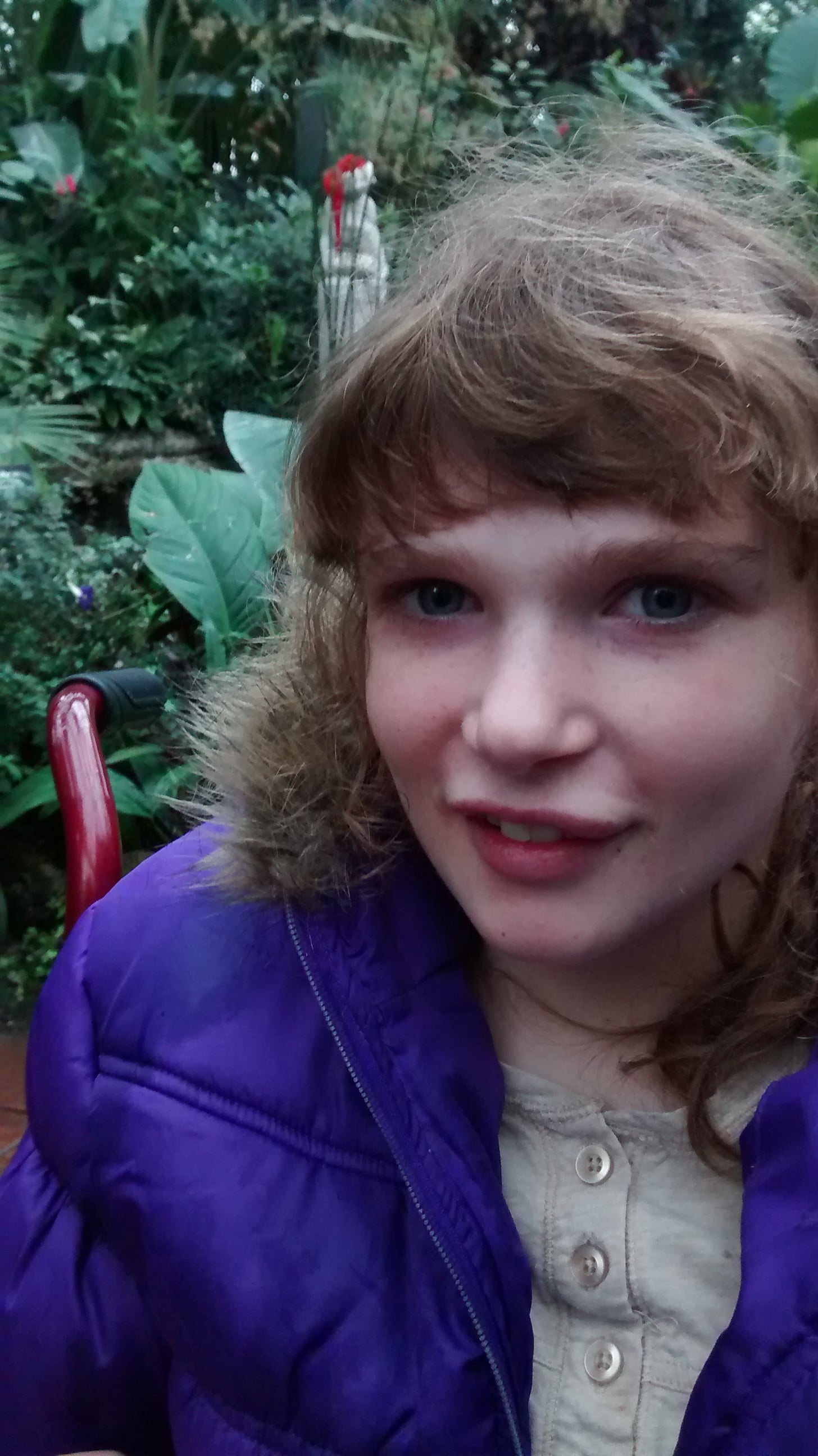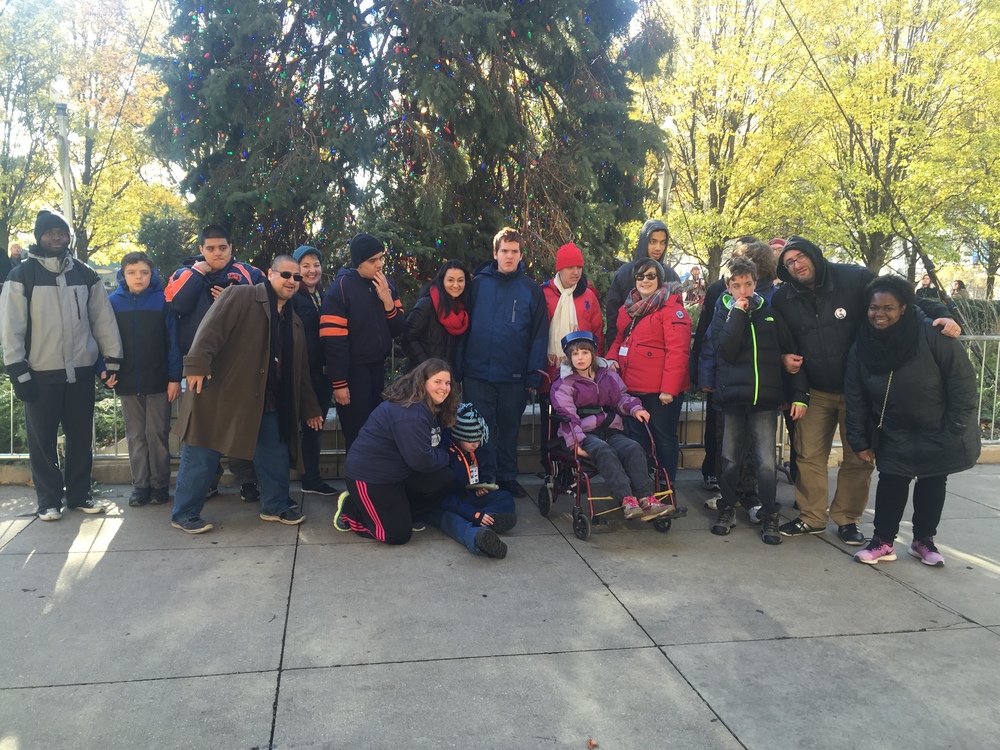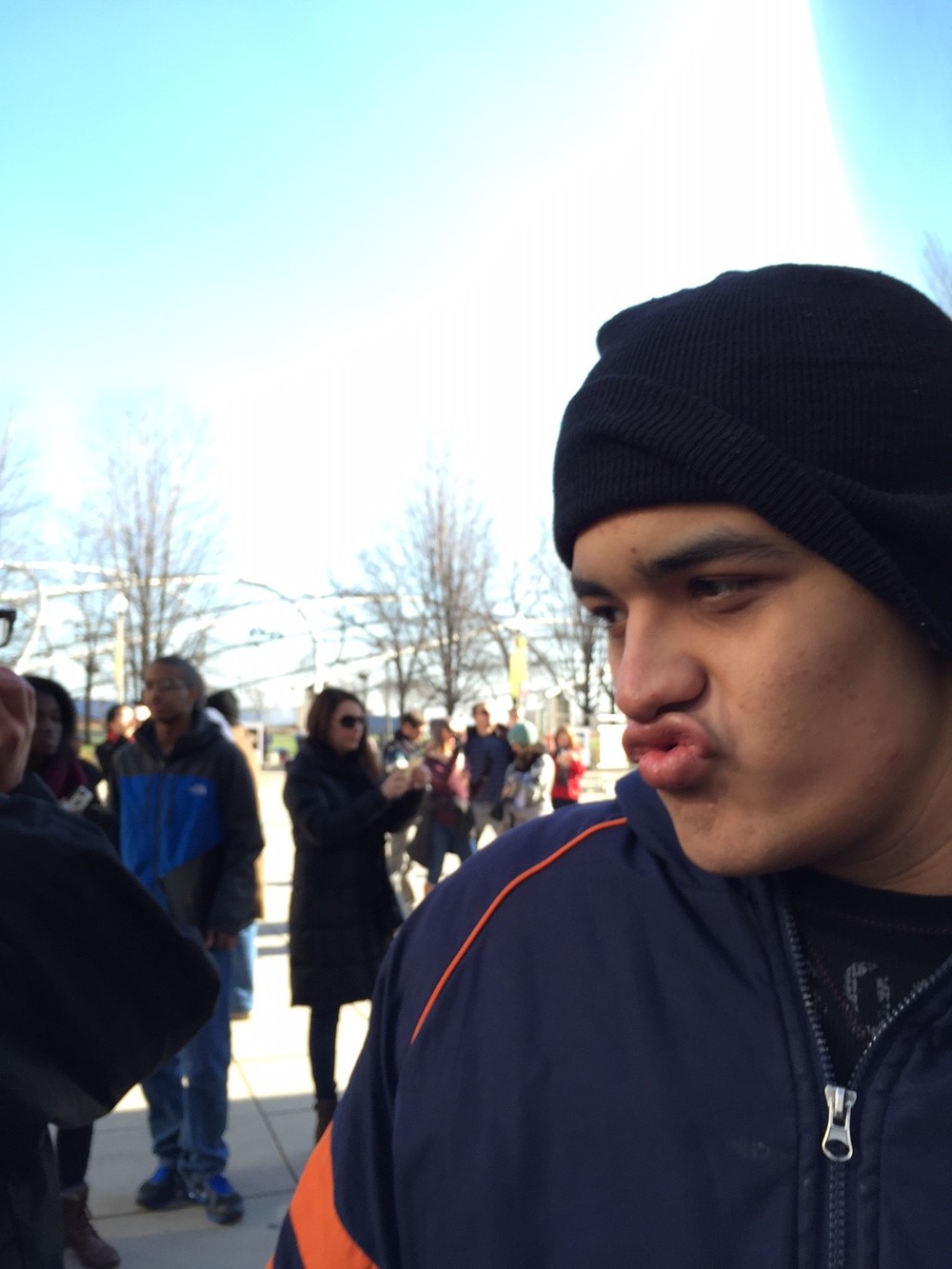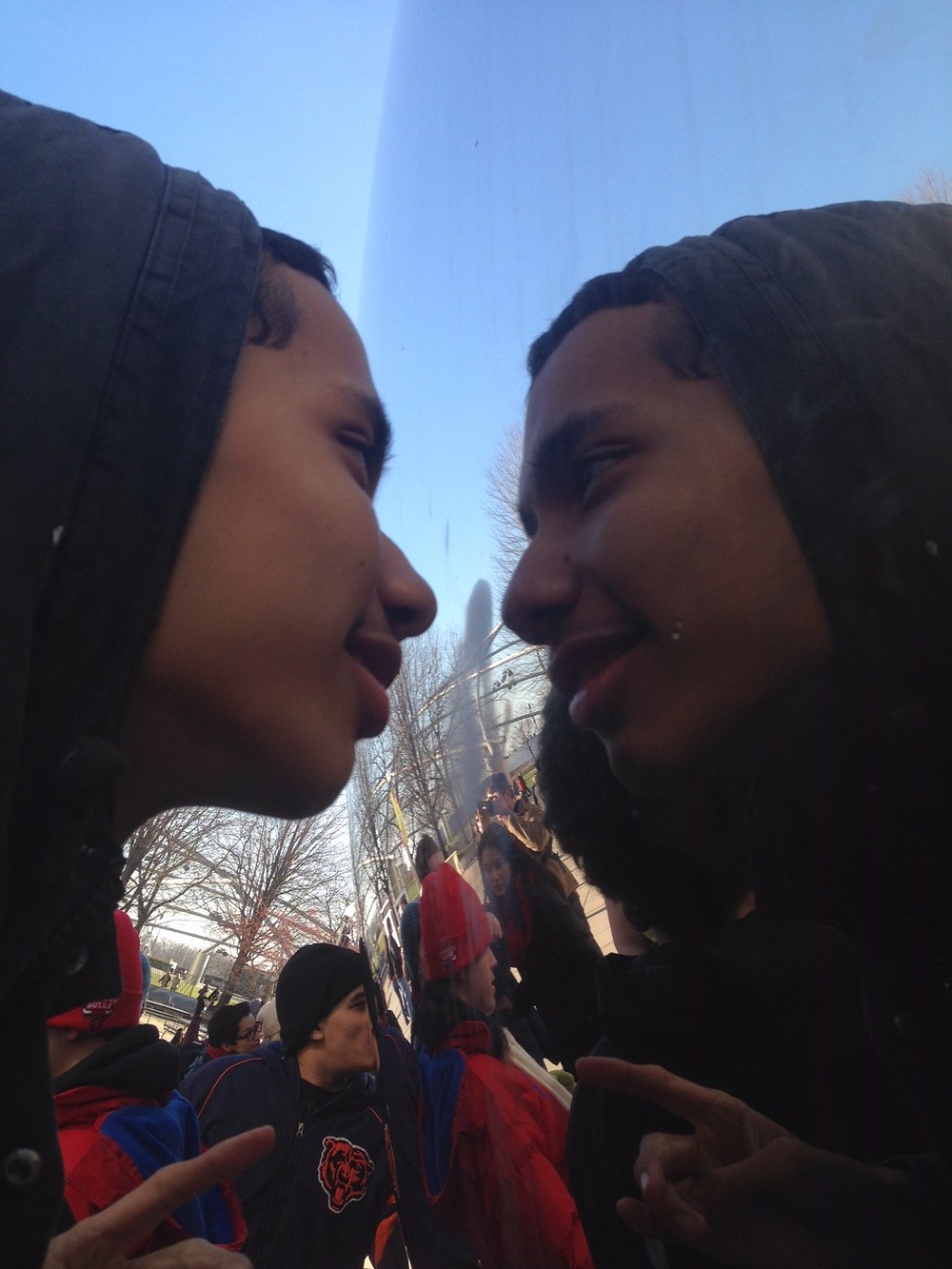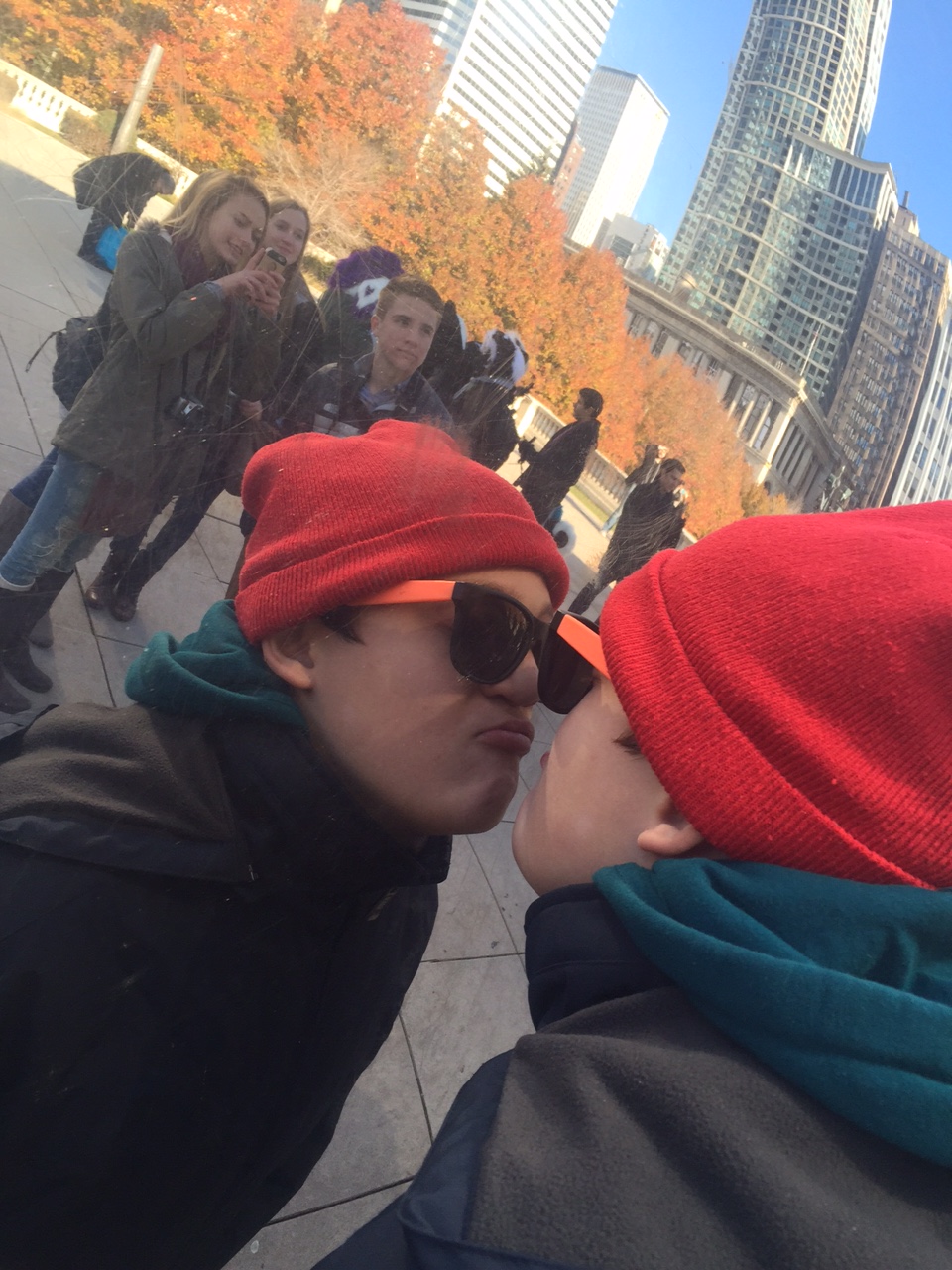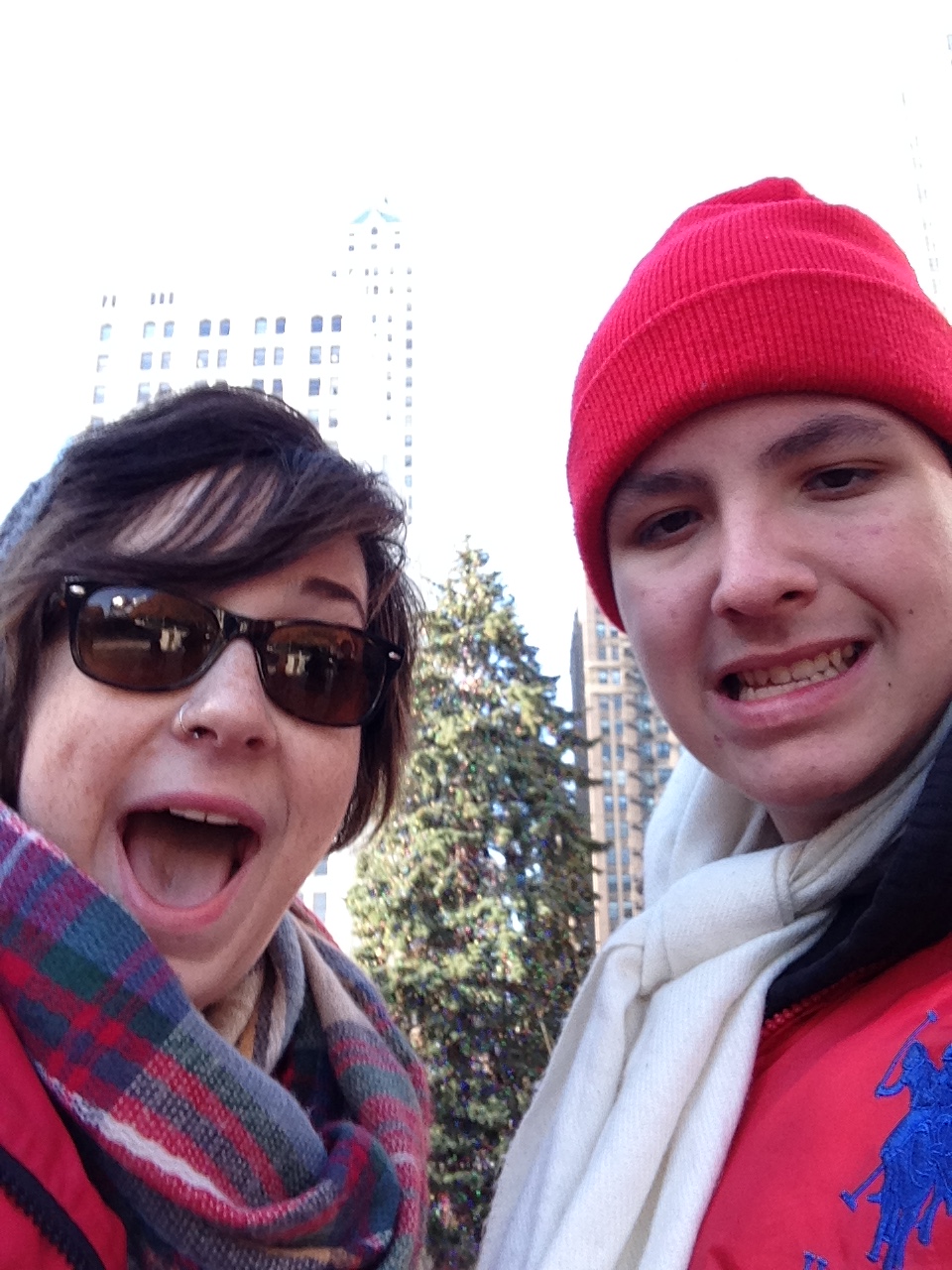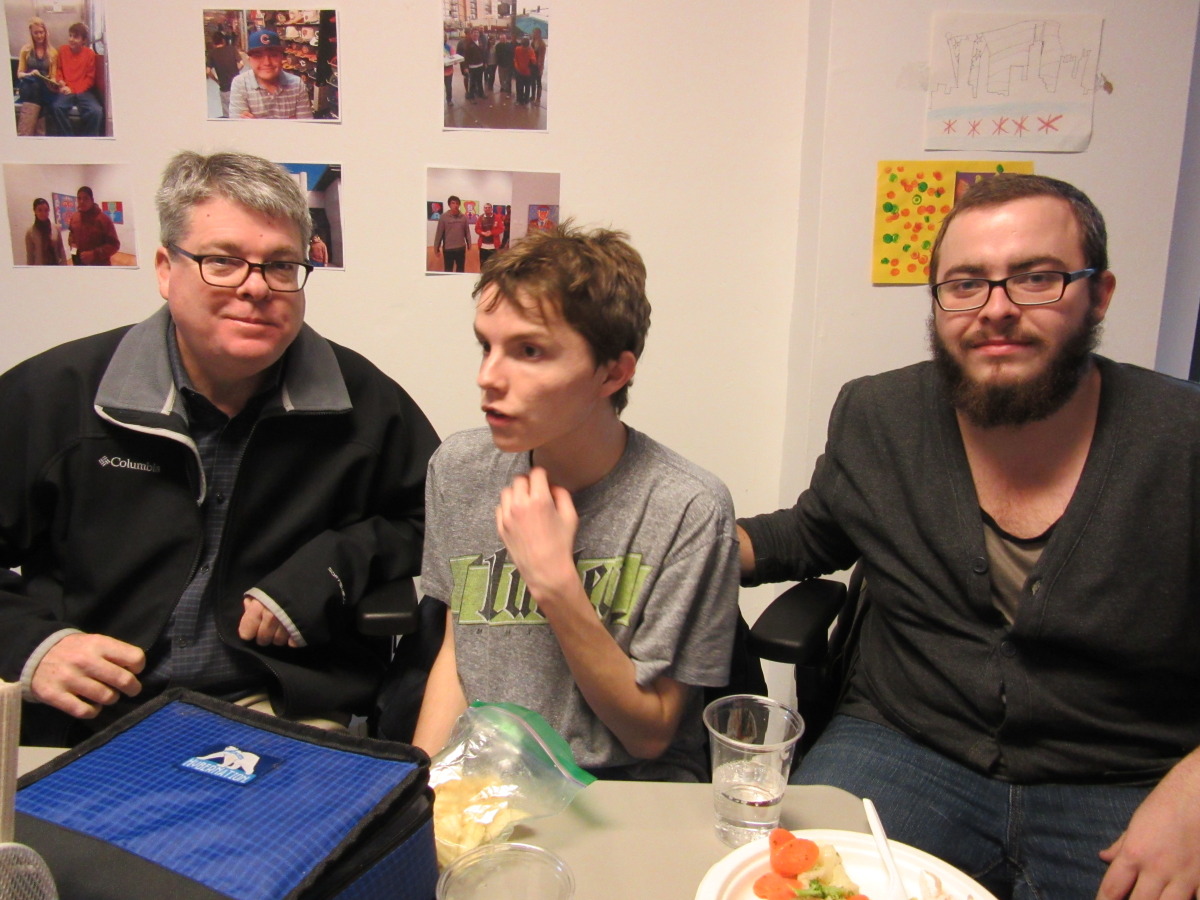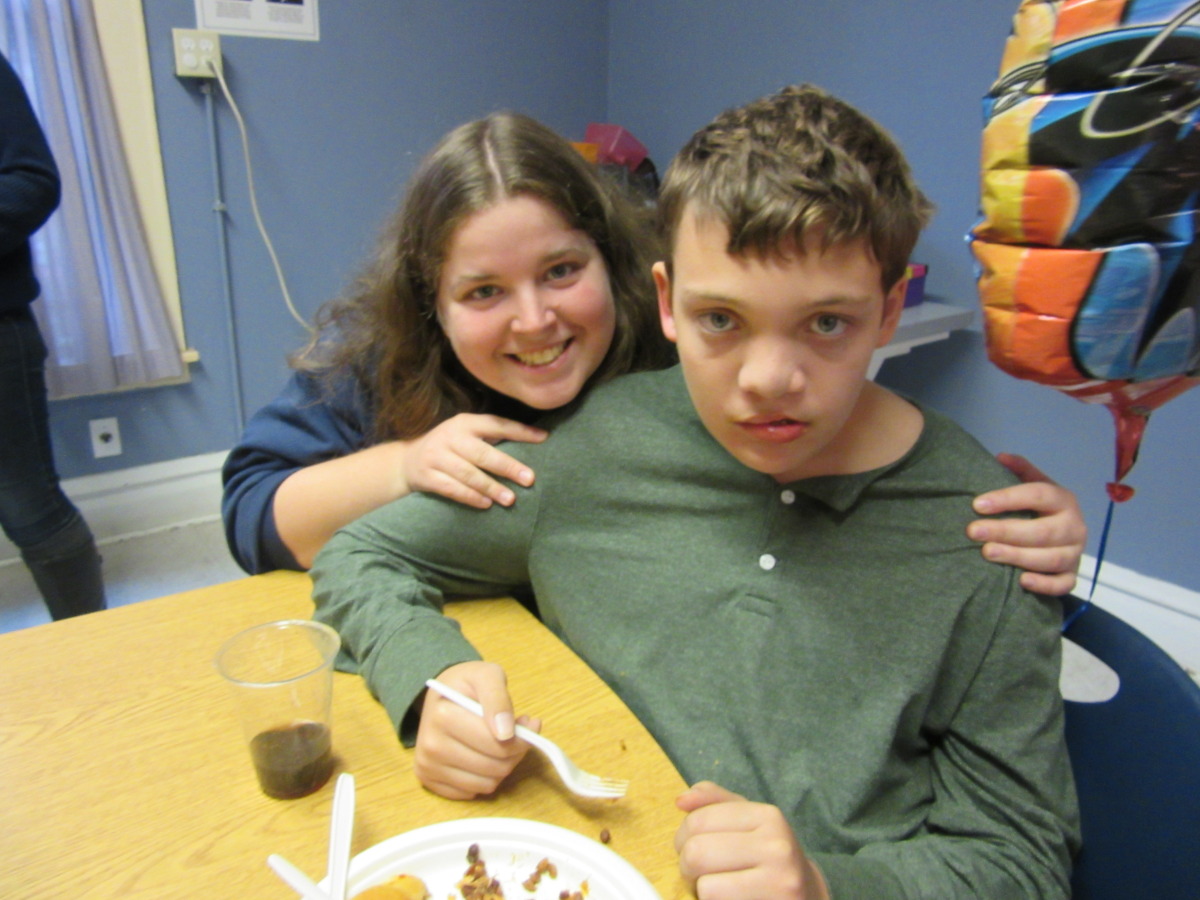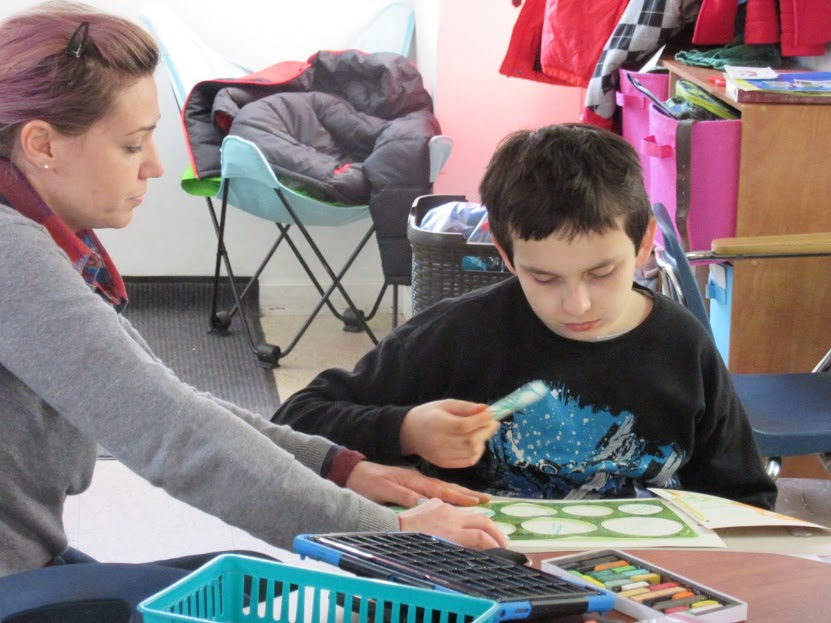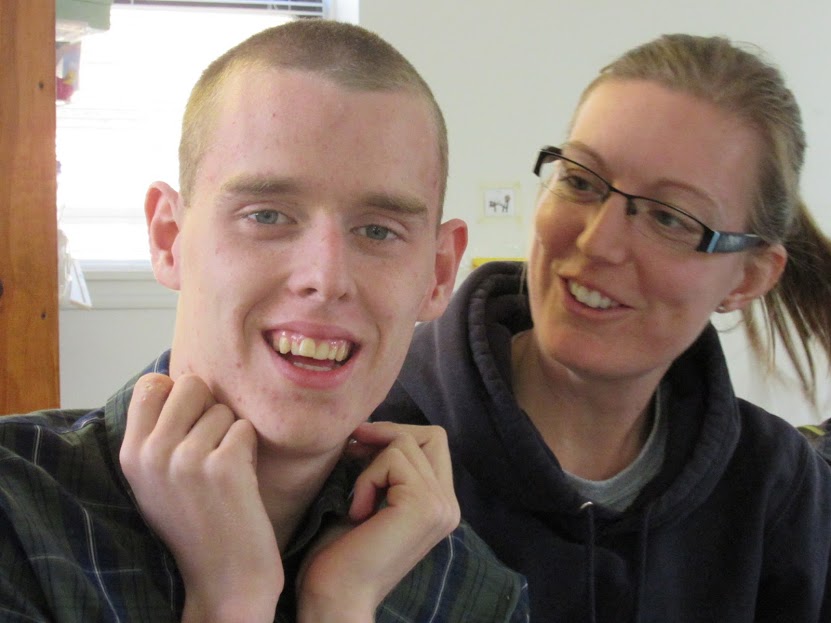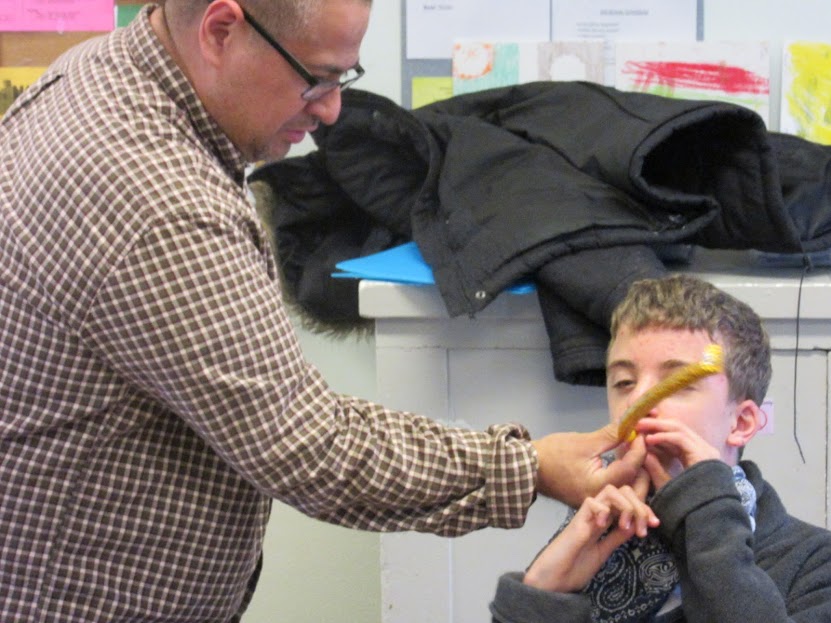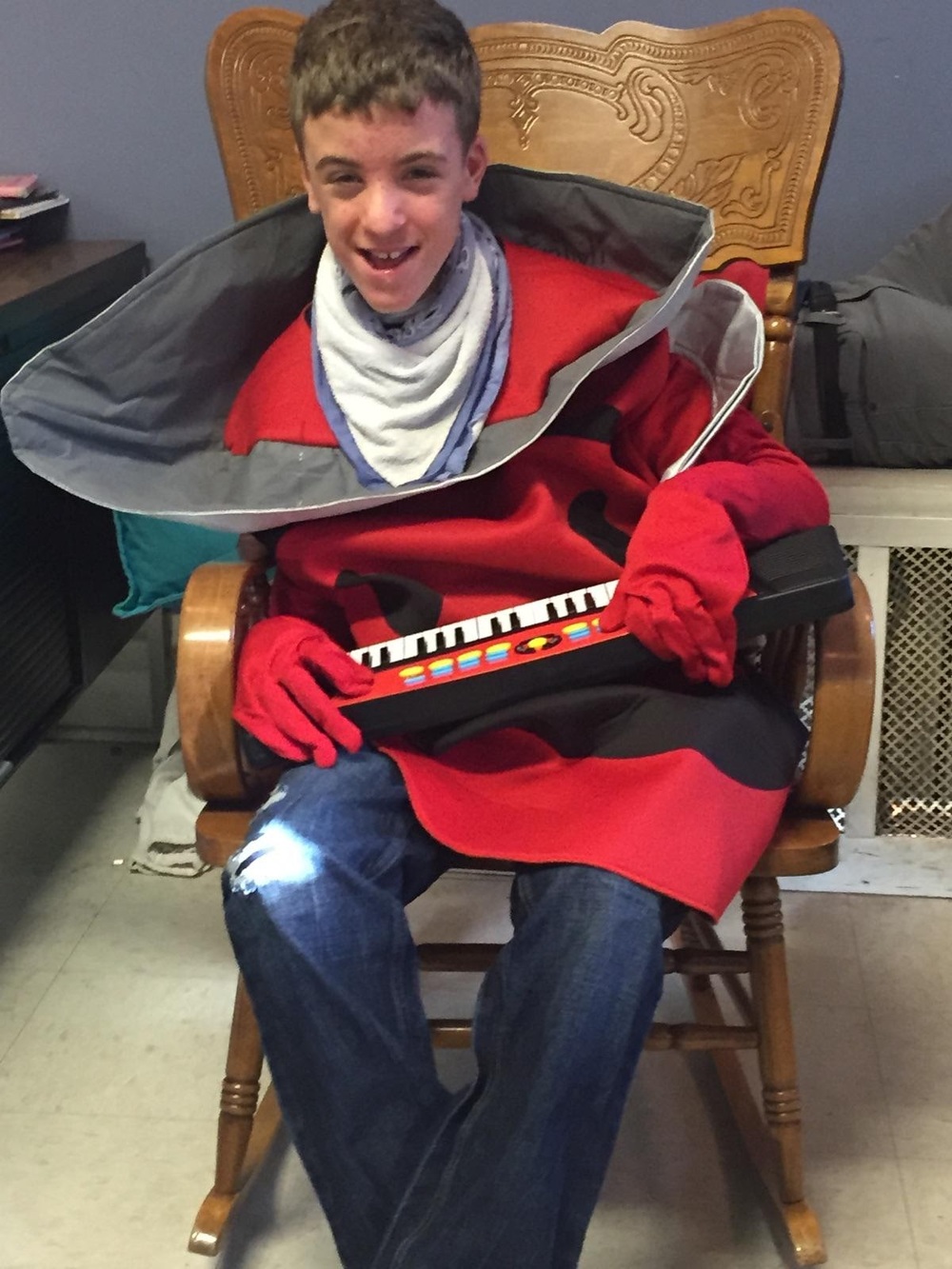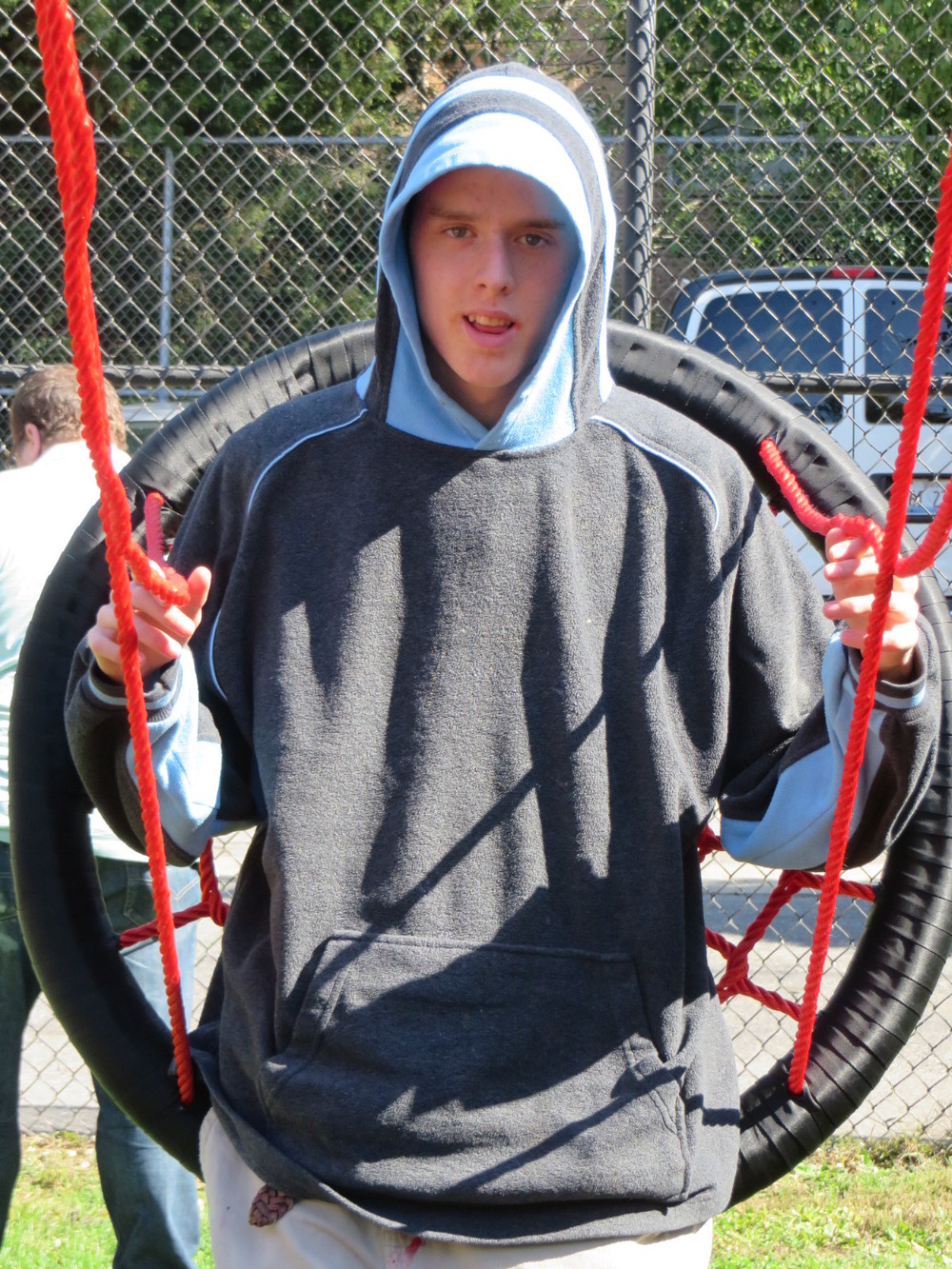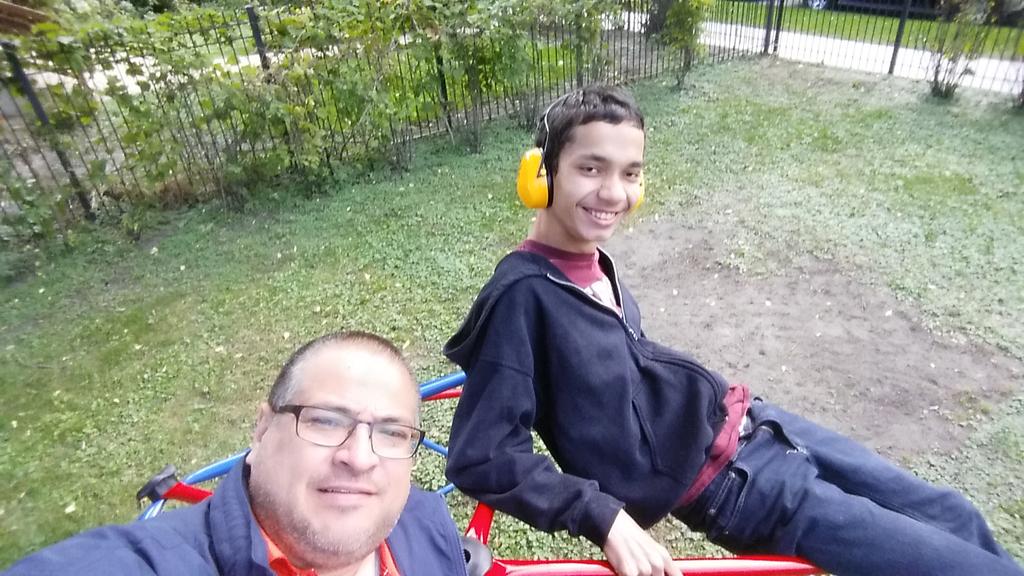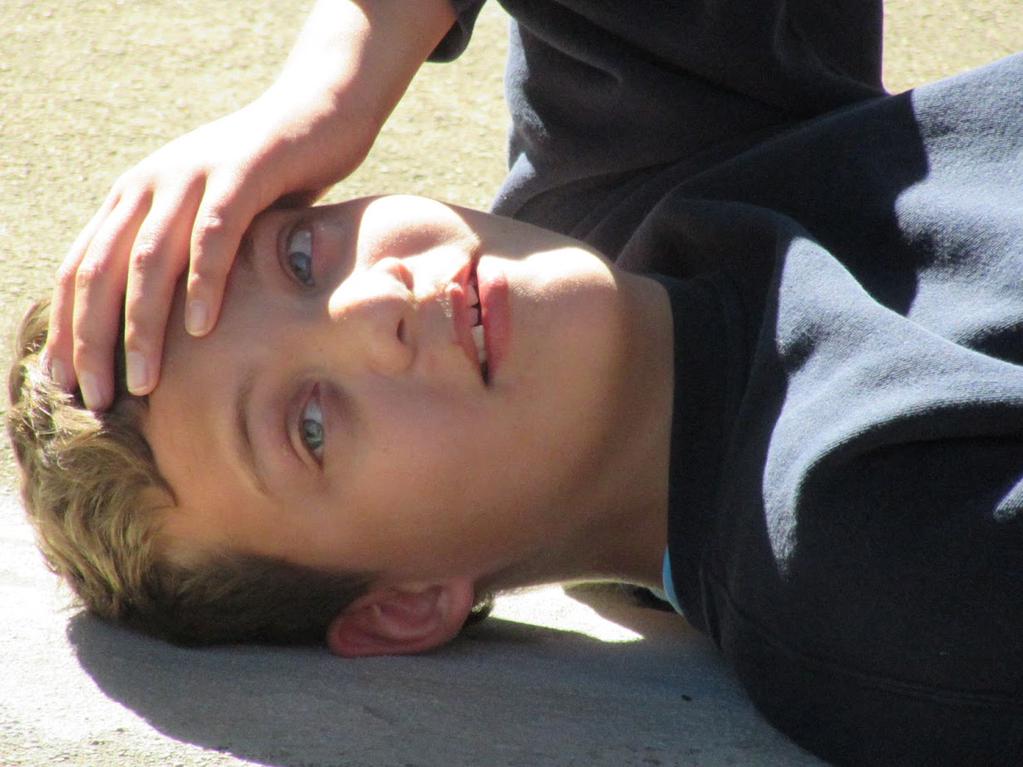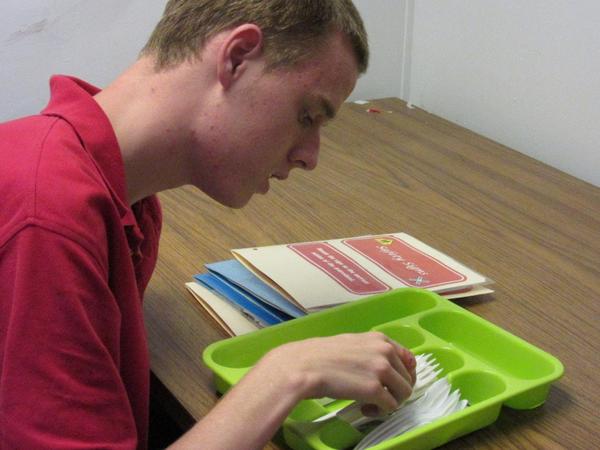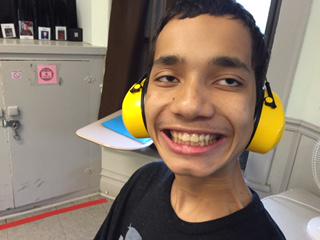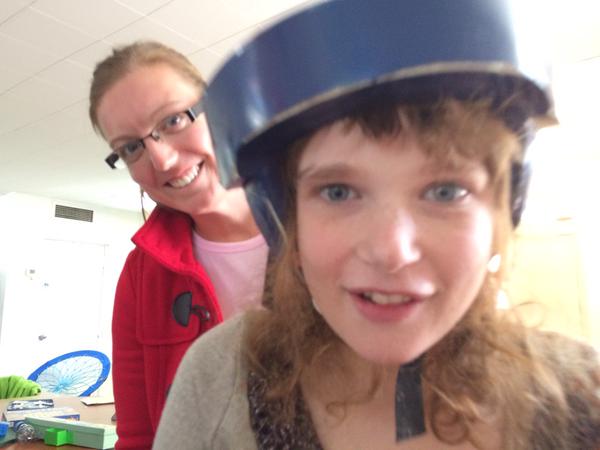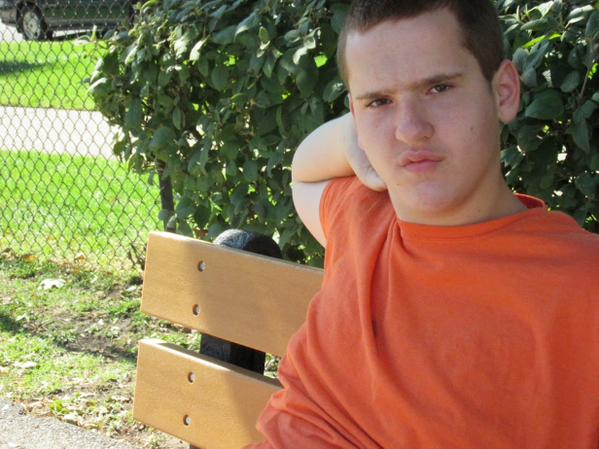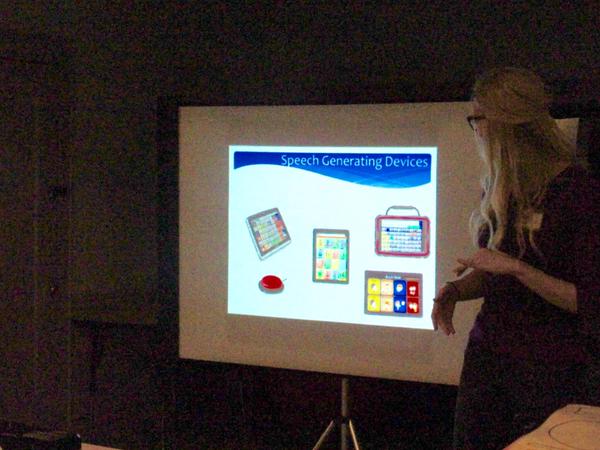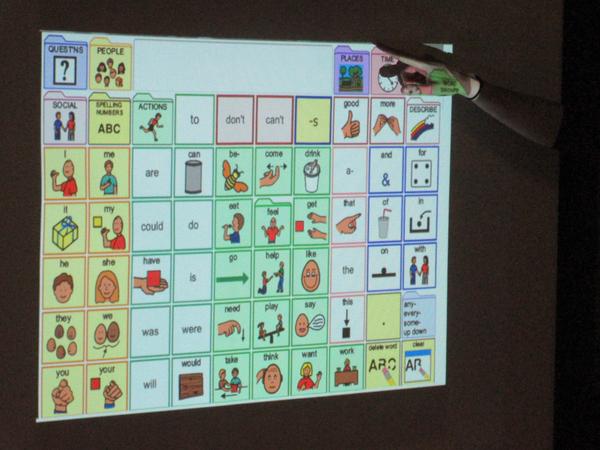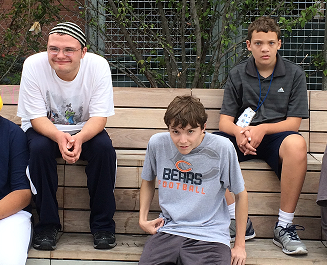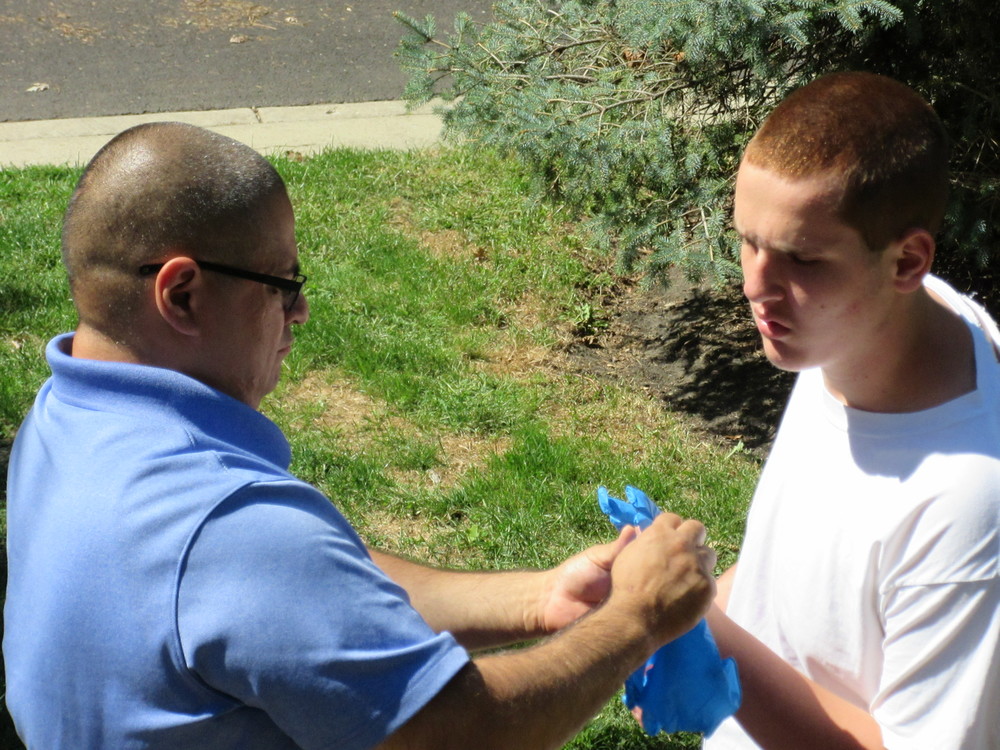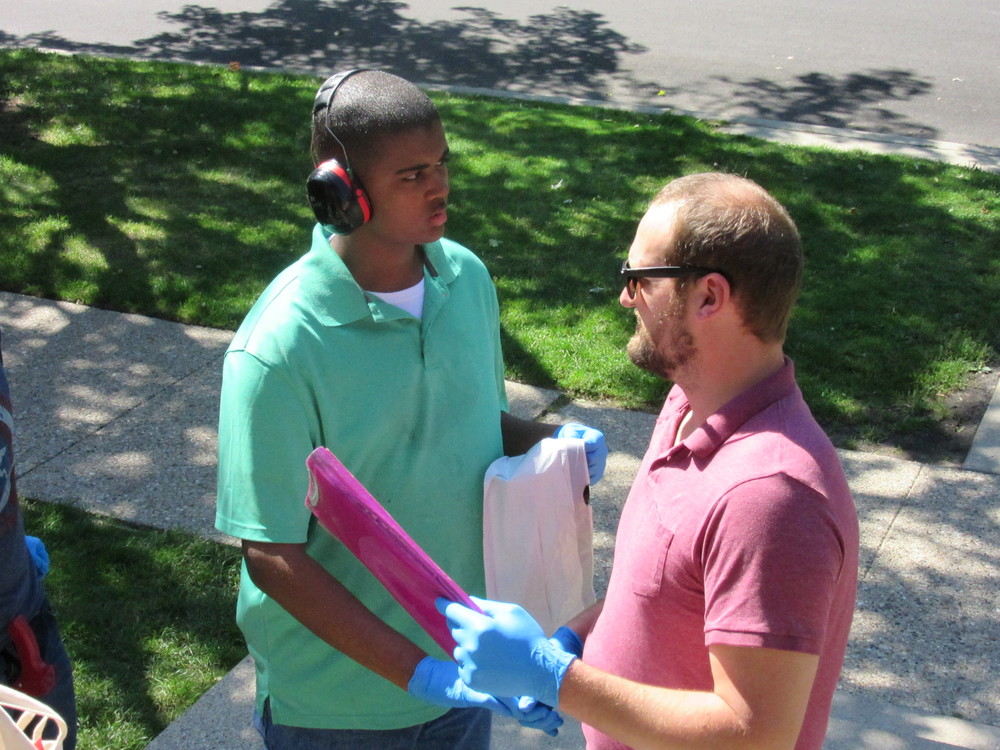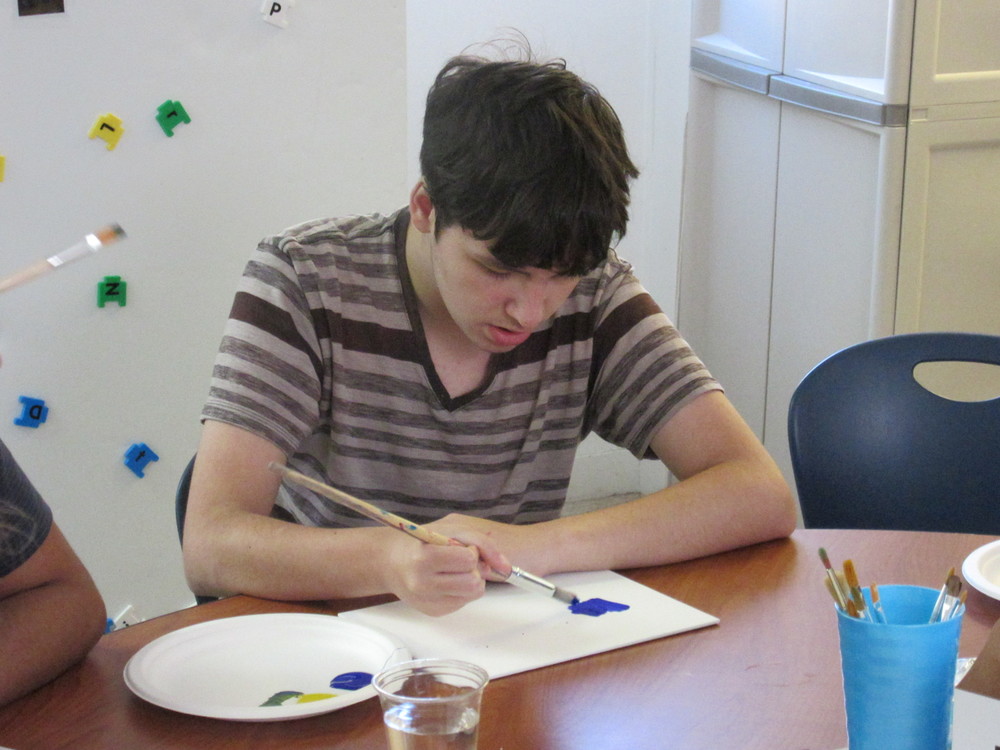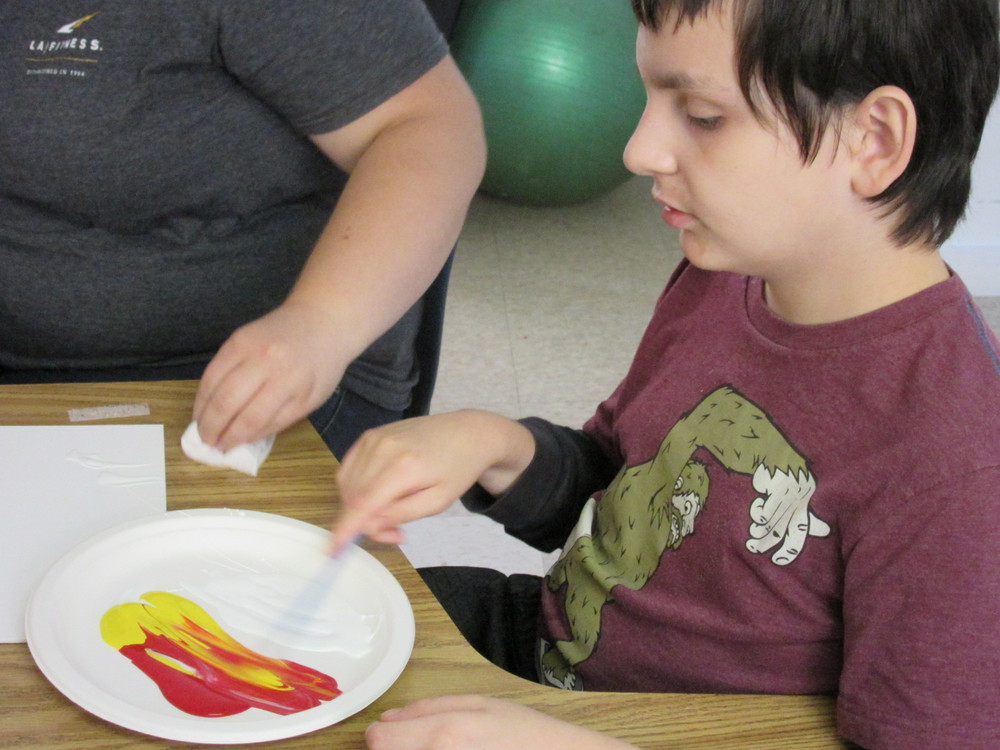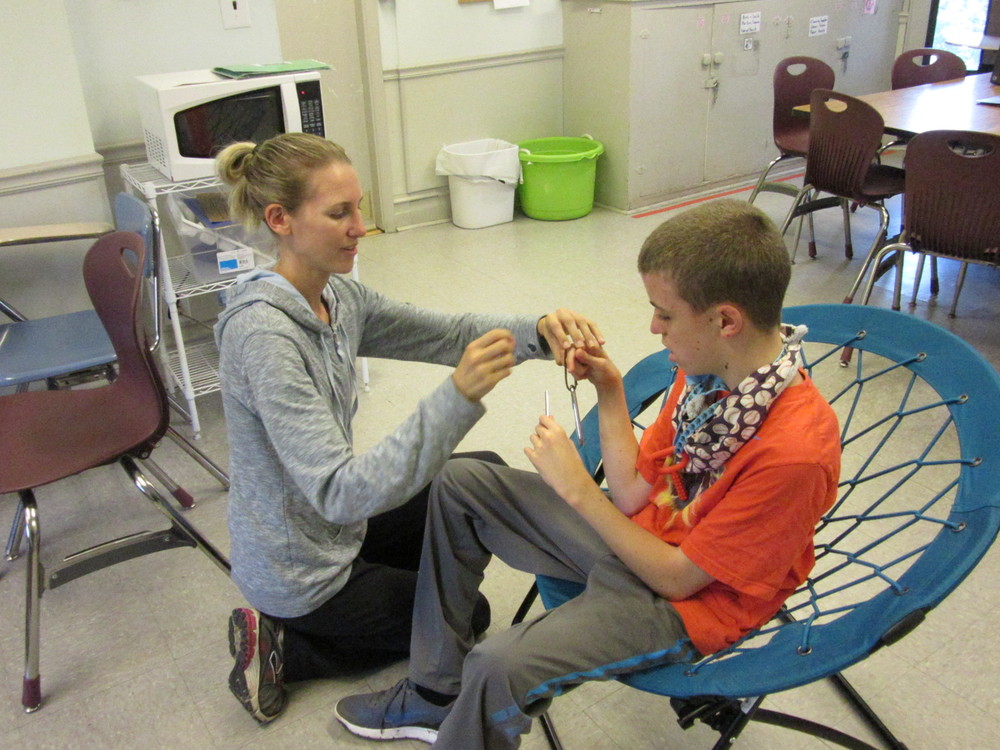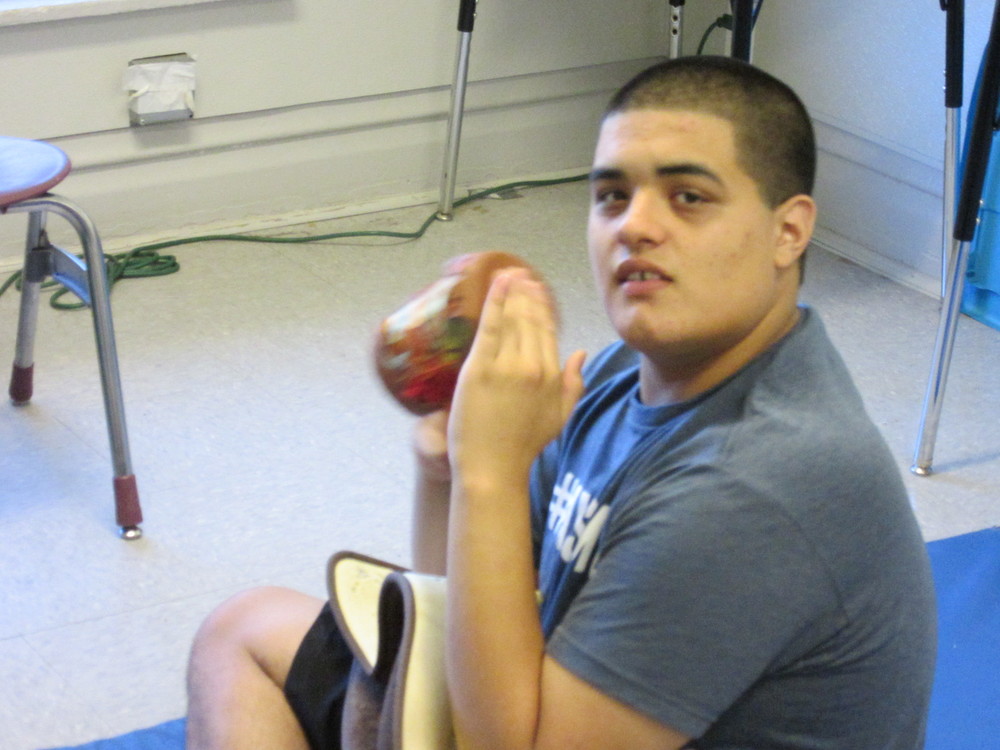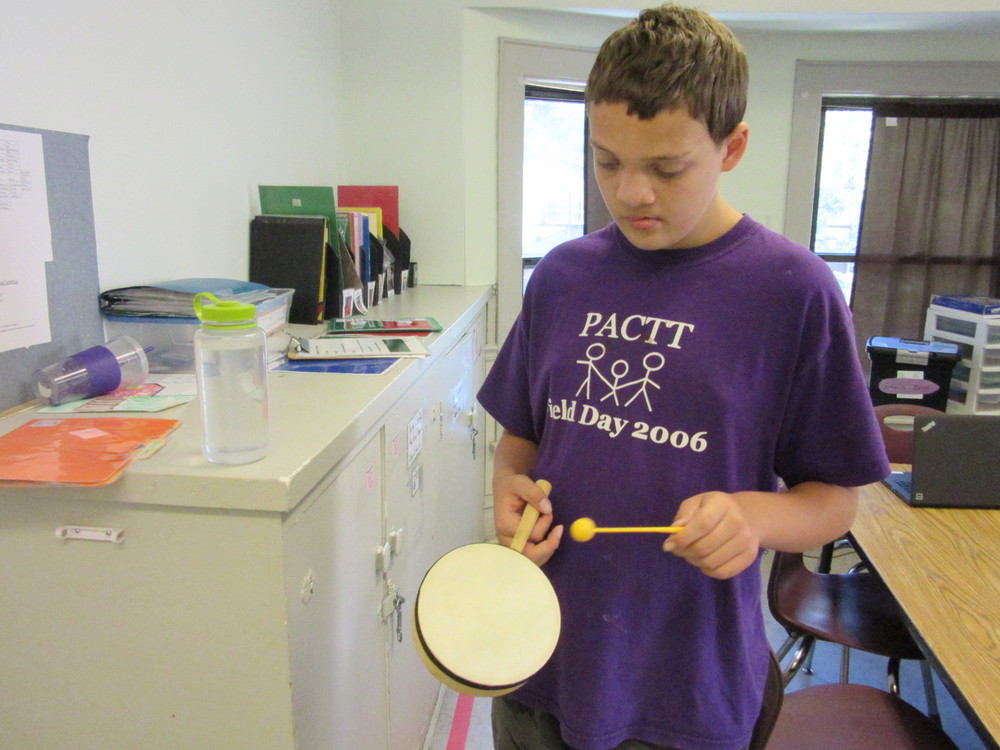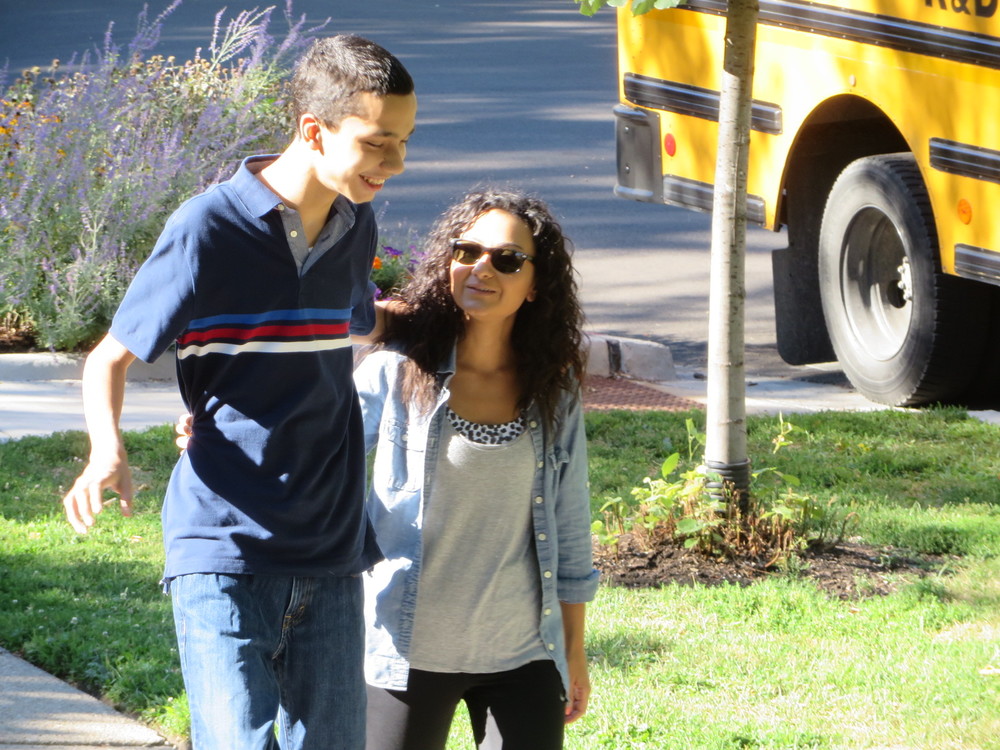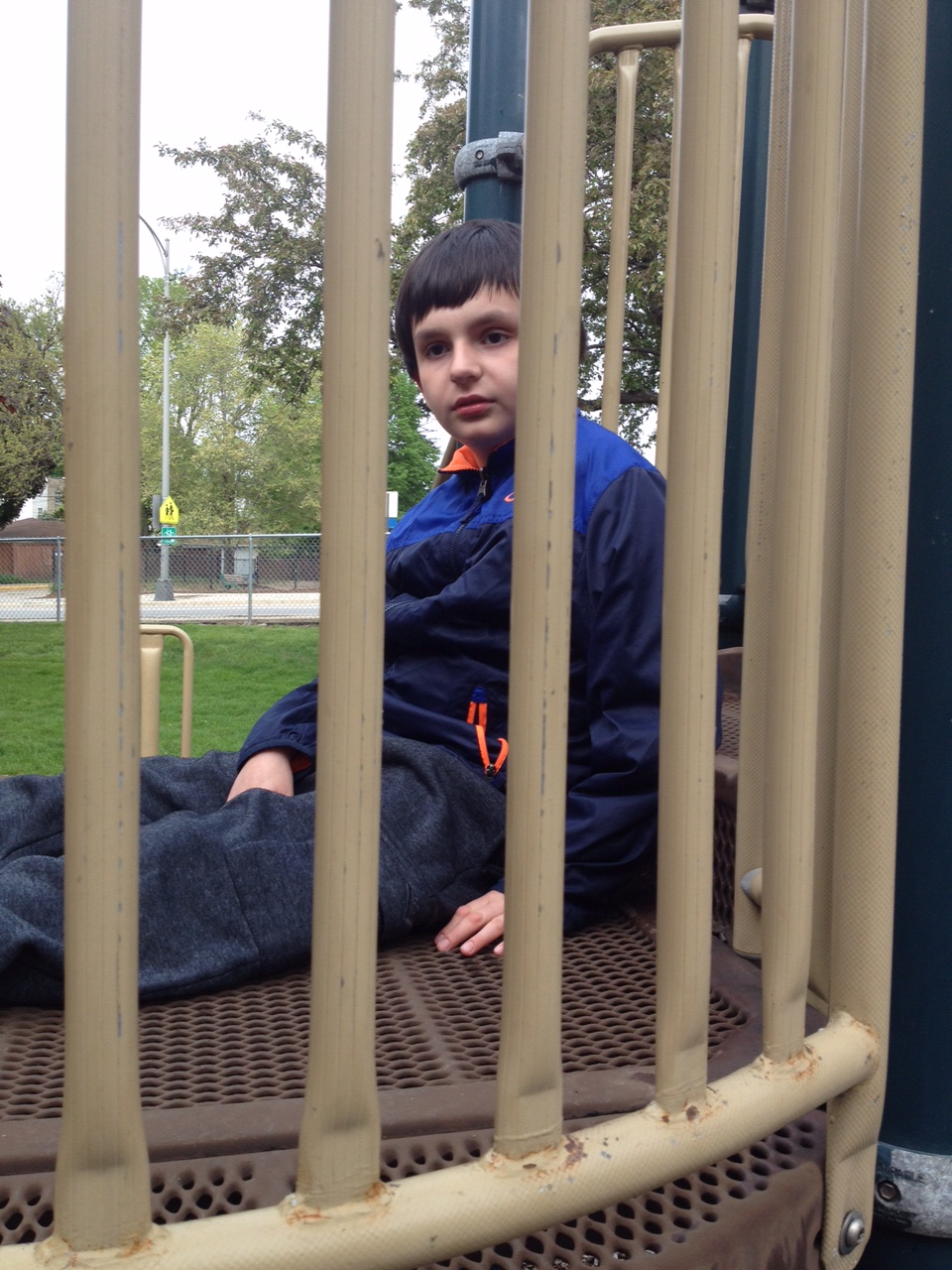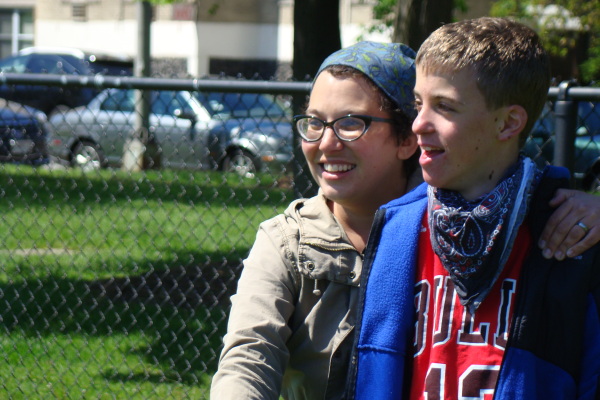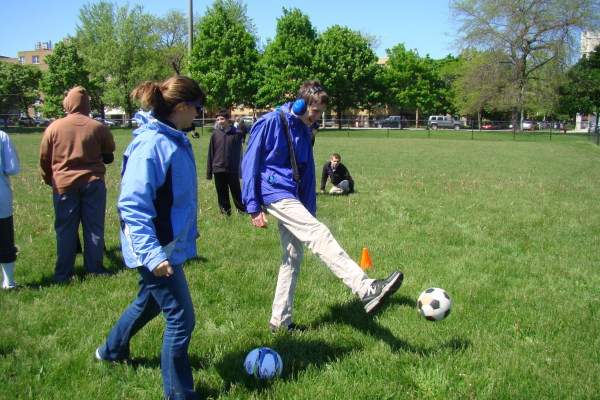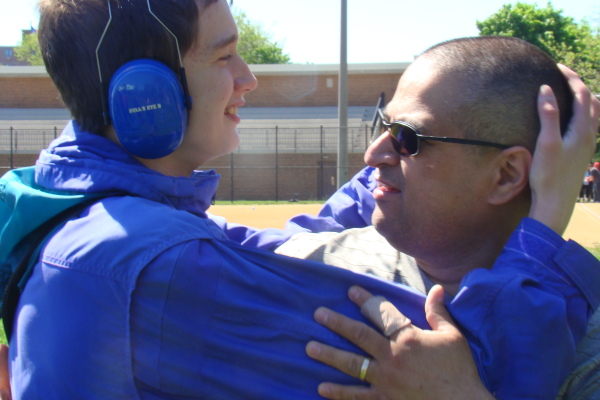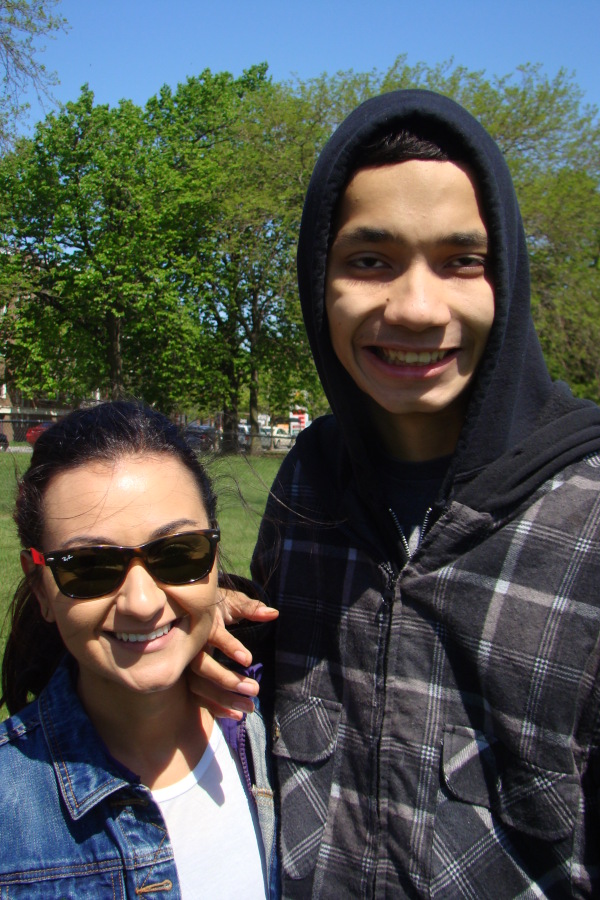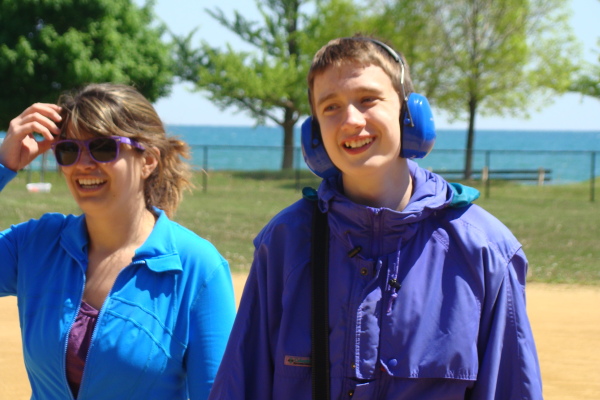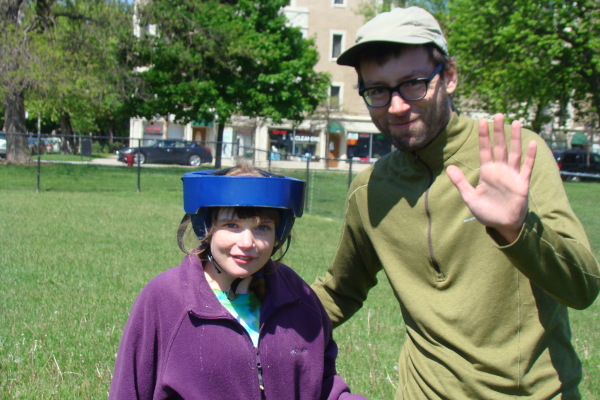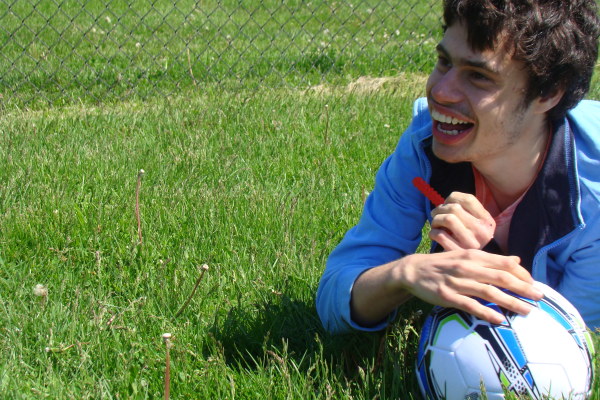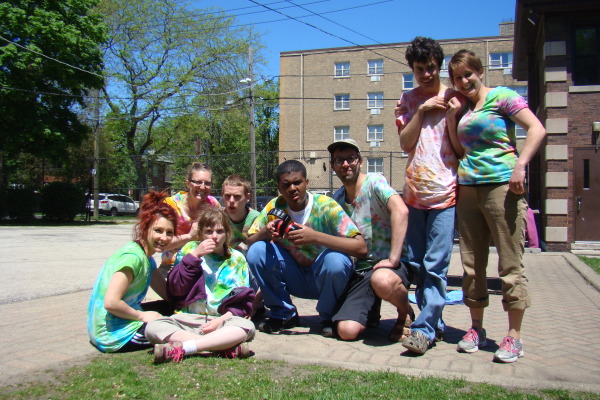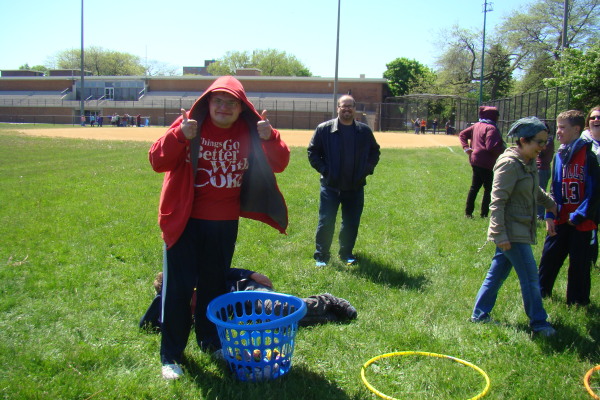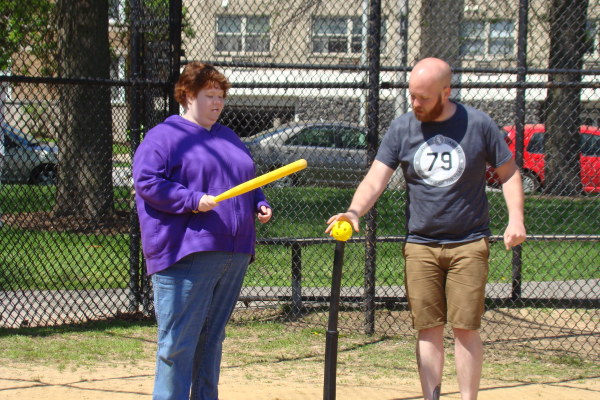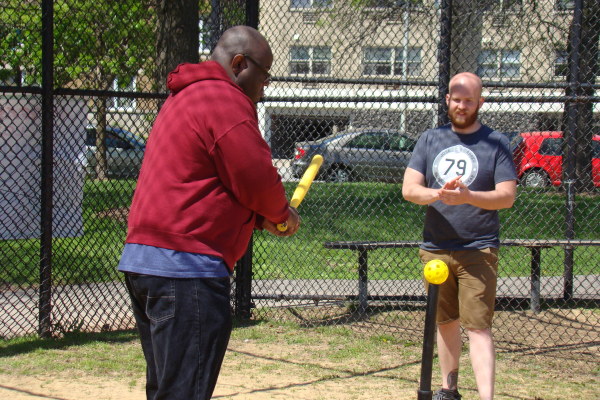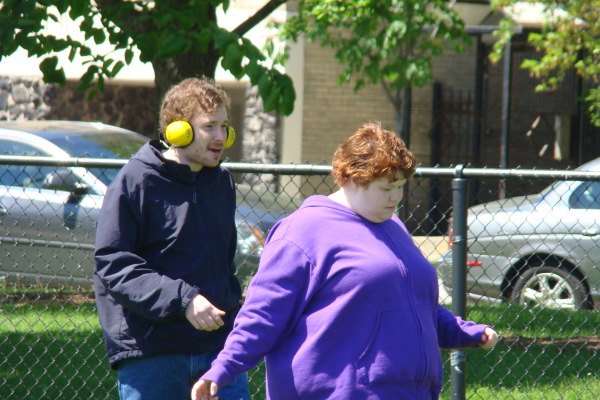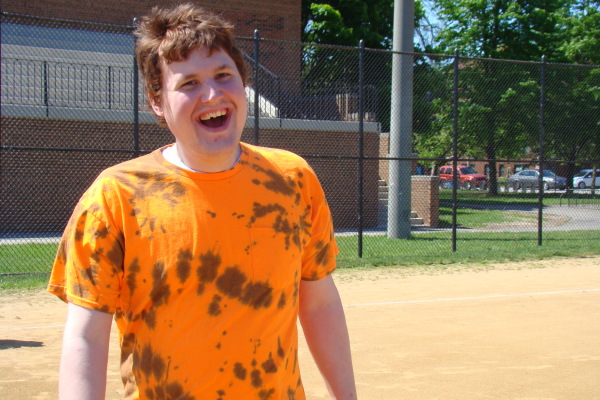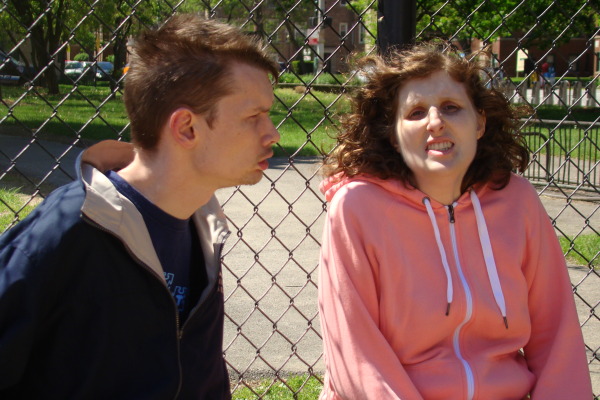This week, we took a chance at something relatively new - our second-ever online discussion opportunity for parents. The topic? Communication! Thank you to all the parents who participated in the chat live, to those of you who sent questions in advance, and to PACTT's speech / language pathologist extraordinaire, Jenny Westervelt, for being our expert-of-the-day! The questions and responses from our chat are below.
Q1: The teacher says he uses his device all the time at school, but he won't use it at home. Help?
A1: Just like you might need to talk more when you’re at work versus when you’re at home, your child tends to have more demands for structured communication at school and a little less at home. He also probably has a special way of communicating with you. But that doesn’t mean he couldn’t use more practice with his device at home! Start by helping him carry around the device in your house. Even if he isn’t using it there right away, it will help him see that the device is meant to be used everywhere, and that it’s not just his “school words”.
Next, try modeling it yourself! It doesn’t put any demands on him to just watch you use the device, which can help ease him into the transition of hearing his “words” spoken everywhere. When you’re watching TV together, use his device to say things like “I like that character, he’s funny” (press the like and funny button as you say them!). Or “Turn it up”, “I don’t like this show”, “Should we get a snack?” Seeing and hearing his device used in more settings than just at school will help your child learn that these are his “words” and can be used everywhere!
Q2: He has an iPad for communication, but all he wants to do is watch YouTube videos! What can we do?
A2: This can be so tricky! What child wouldn’t choose playing Angry Birds and watching YouTube over having a conversation?
If a student is given an ipad for communication purposes, I will right away lock him into the communication app using “guided access mode” so that the only thing that ever turns on is that communication app. That way my student won’t even know what he’s missing since he never sees the other apps. Even though there are some great apps for students with autism, we want him to know that his ipad is for communicating, and that the classroom ipads, family ipads or laptops are for leisure.
If he is using his ipad for both leisure and communication, he’s not going to love it when you first lock him into his speech app using guided access mode. Try it in short intervals at first, maybe with a timer so that he can see how long he’s expected to stay in his communication app.
Q3: Sometimes it seems like my child just can’t quite get the word out - it’s on the tip of his tongue. How can I help?
A3: Let’s say your child is trying to tell you where he wants to go, but is having a hard time getting the words out. Give him some hints first before you start playing the guessing game!
First, give him a “semantic cue” or two - some clues about what the word might be (e.g. “Maybe a restaurant, or a store, or somewhere outside...?”) If that doesn’t work, give him the beginning of the sentence and then wait a few seconds, such as “I want to go to…..”
Is he still having a hard time getting the word out? If you are already pretty sure where he wants to go, you can give him the first sound of the word, (e.g. “I want to go to Mc….”). More often than not, that will do the trick! And if not, now’s the time to play the guessing game.
Ok. But what about for our AAC users?
Great question! Now let's say that your child is trying to open a bag of chips, but needs help. Let's also say that he has been using his AAC device for a while, and has practiced saying "help", but doesn't always know when to say it, or it seems like the word is on "the tip of his tongue." Give him some hints as well!
"Help" is usually on the main screen of his AAC device, as it's one of the most important vocabulary words. Give him some general hints before more obvious ones.
First, give a sweeping gesture toward his device to remind him to use his "words." You could say, "Hmm ... it looks like you need something ..." If he needs more, use your finger to gesture around the area of the button that says "help." Usually, that will remind him which word he needs to say. If not, point directly at the button for "help" for a more obvious hint.
Q4: How do I teach a new word on a device?
A4: Learning new words on a device is like learning a whole new language - it takes time, practice, and a lot of imitation. If you’re trying to teach your child how to say “don’t” on his device (one of my favorite words to teach), model it! YOU press the “don’t” button when you say “don’t” in conversation. While you’re chatting with your child, verbally say things like “I DON’T like broccoli”, and press the “don’t” button at the same time as you say it out loud. You want to teach him that the words you’re saying out loud are the same as the words on his device.
Teach the same word in lots of different contexts. Press “don’t” as you say, “I DON’T like it when you grab my shirt”, “DON’T go! Come sit with me”, or “It looks like you DON’T want that”. In order to teach your child new vocabulary words, you need to get familiar with where the words are yourself! Take some time to play around by making sentences and opening the different vocabulary folders. I have backups of each student’s vocabulary pages, so don’t be afraid to explore!
For more information on AAC use, or specific questions about your child, email Jen.
